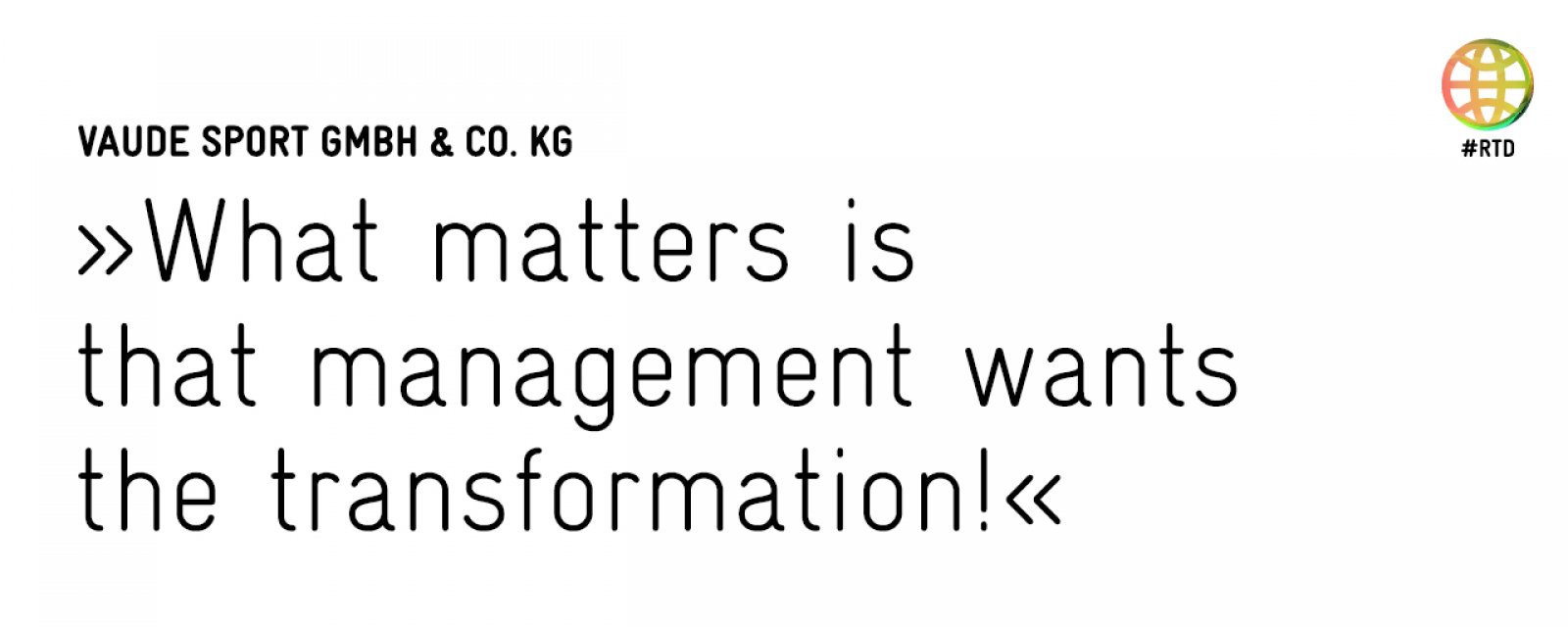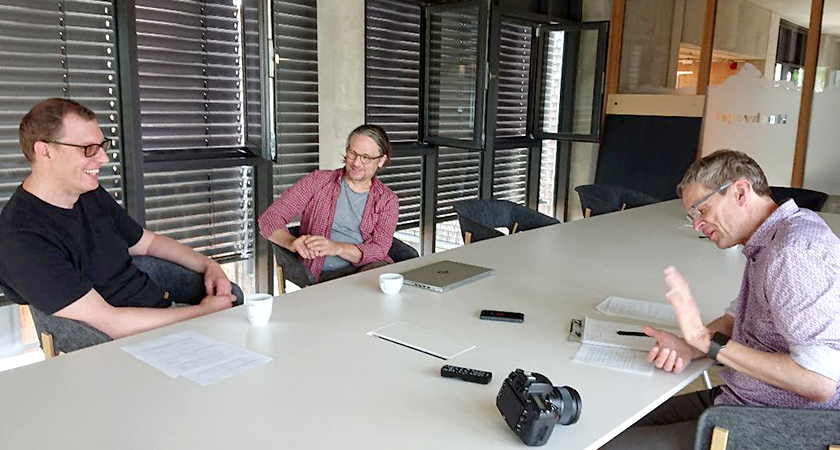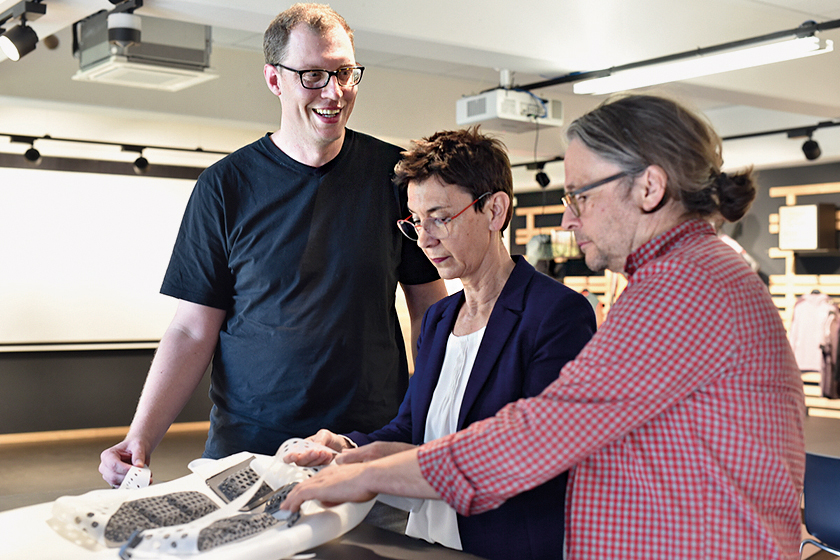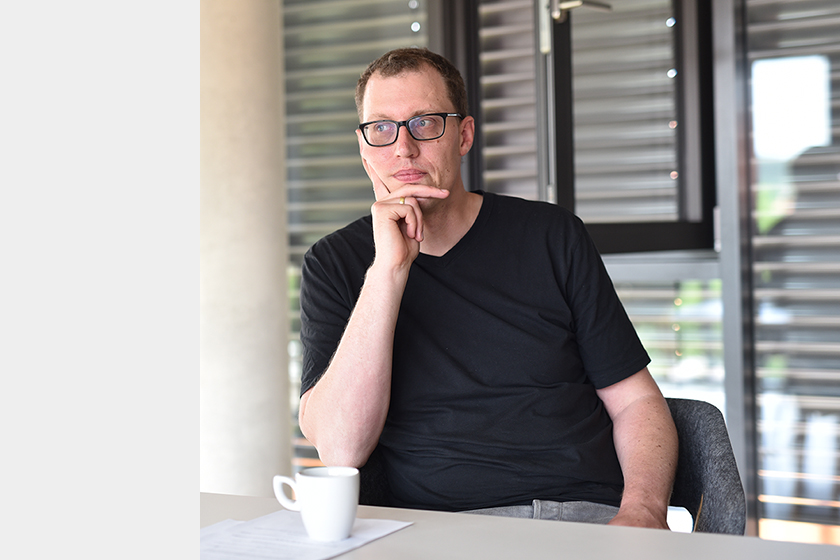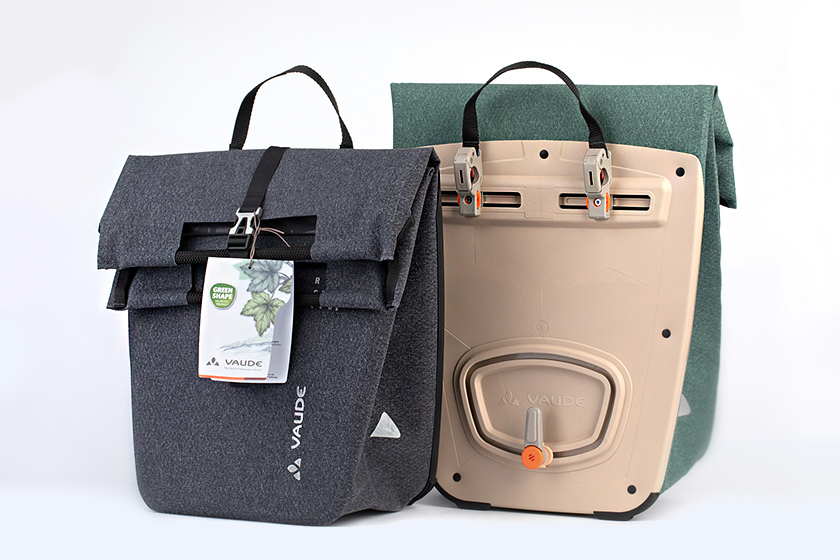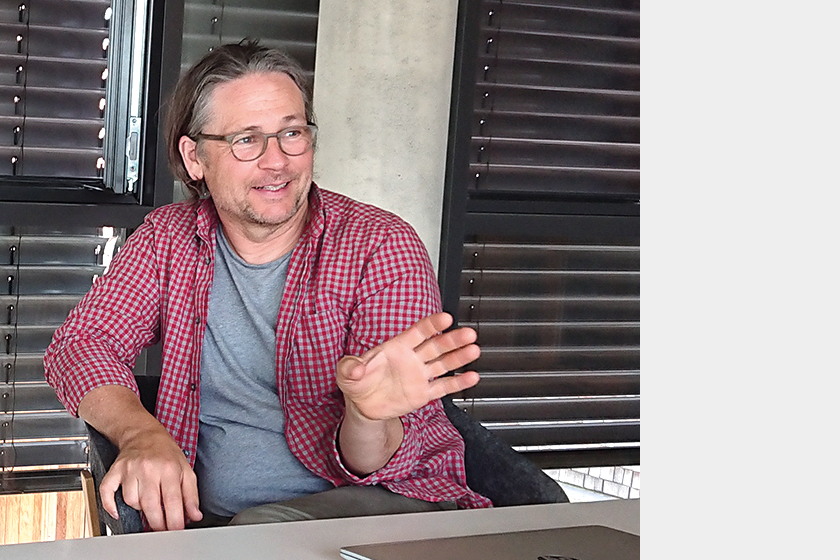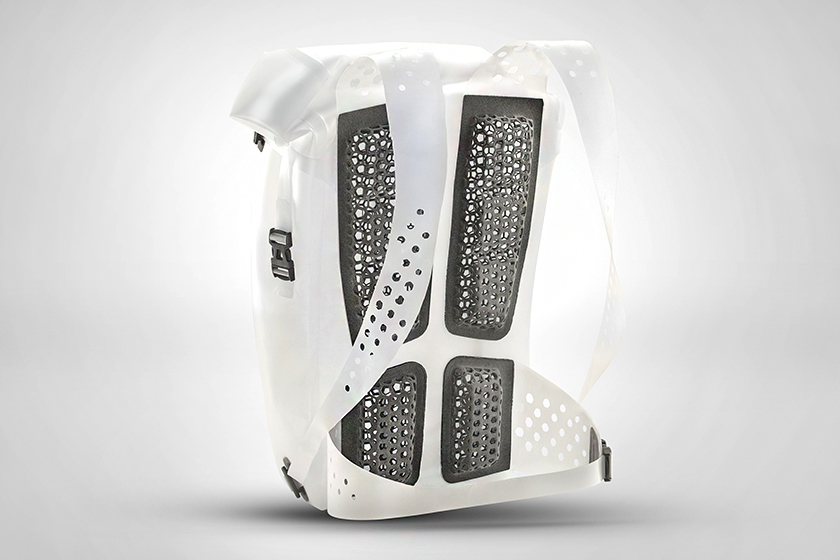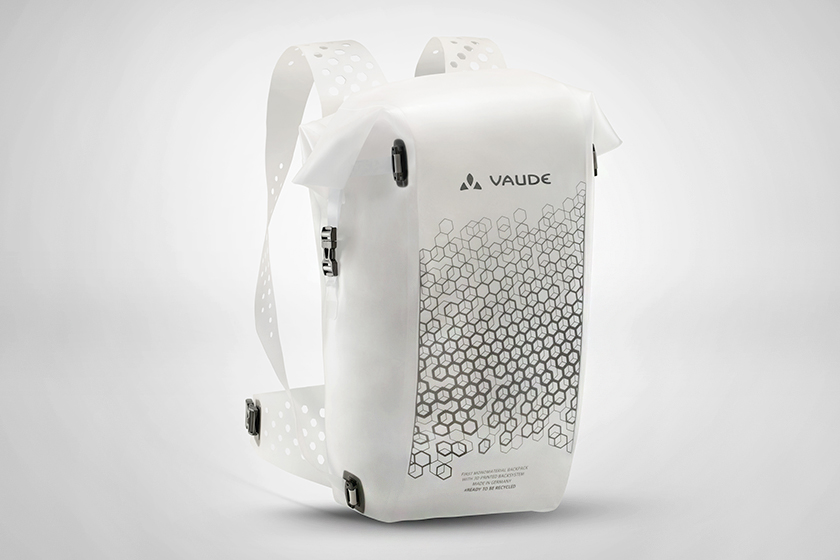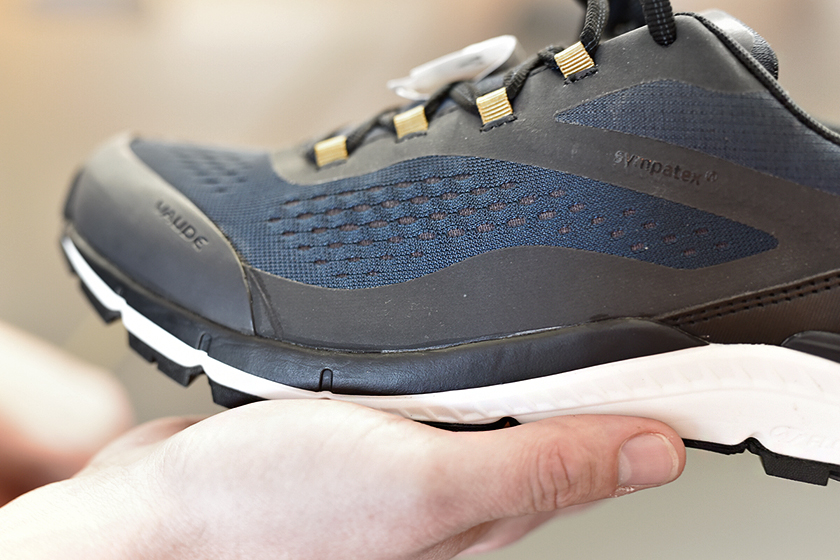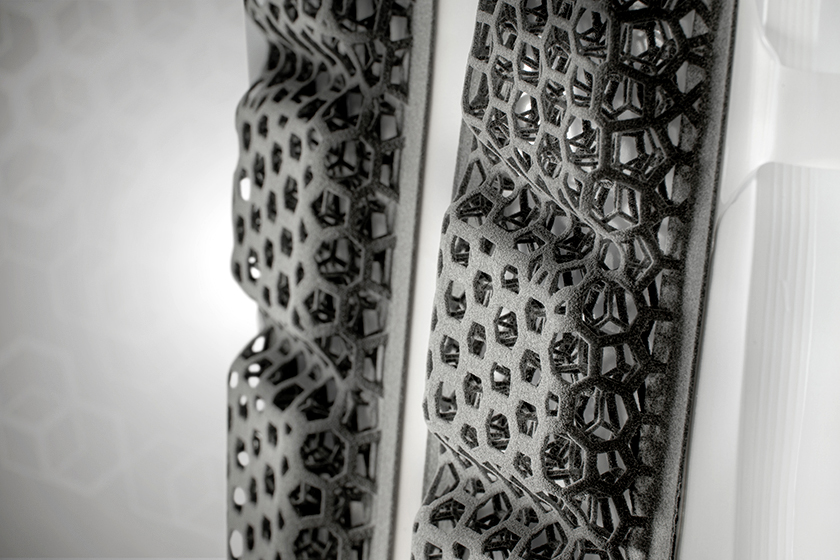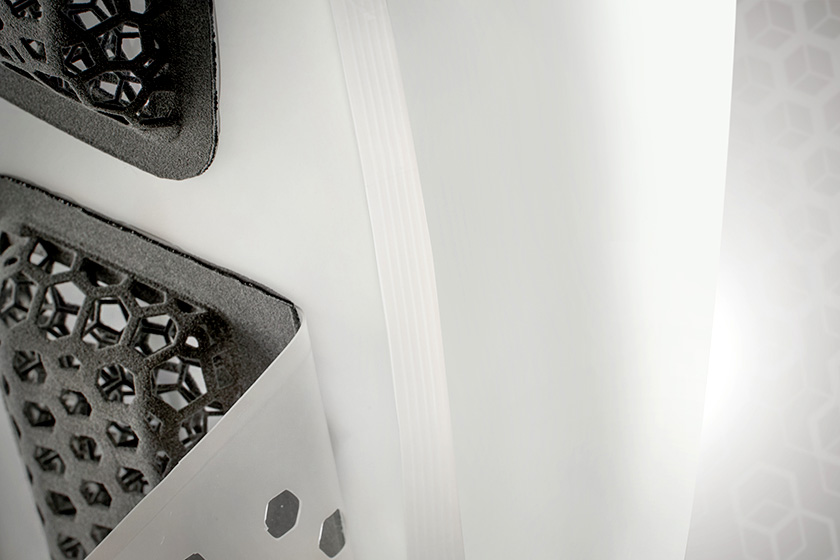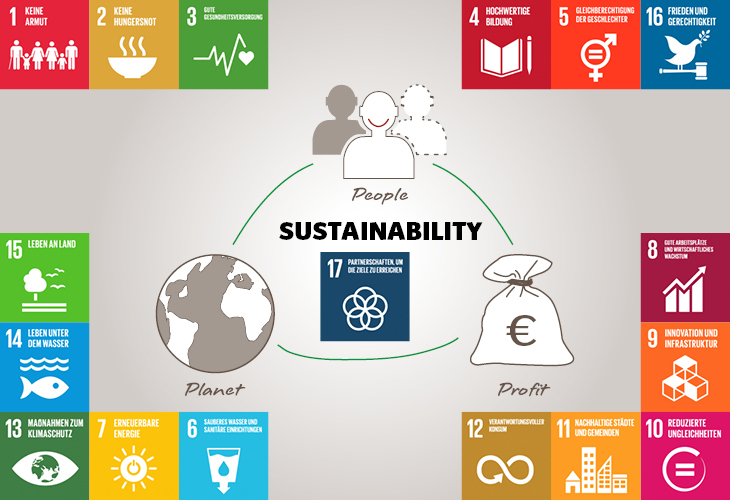VAUDE SPORT GMBH & CO. KG
The company was founded by Albrecht von Dewitz in 1974, with alpine backpacks numbering among its first products. In 1980 the company moved to Obereisenbach near Tettnang and began gradually expanding its product range. In 2001, the Vaude-Kinderhaus childcare centre was opened in cooperation with the City of Tettnang and the company began producing in accordance with the Bluesign eco-standard. Antje von Dewitz has headed the company since 2009 and has mapped out a consistent path to sustainability. The company’s Obereisenbach site achieved climate neutrality in 2012 and the entire product range has been climate-neutral since 2022. Unavoidable emissions are currently offset via the nonprofit organisation myclimate. In 2015, the company was awarded “Leader” status by the Fair Wear Foundation for its fair production conditions in the Far East.
www.vaude.com
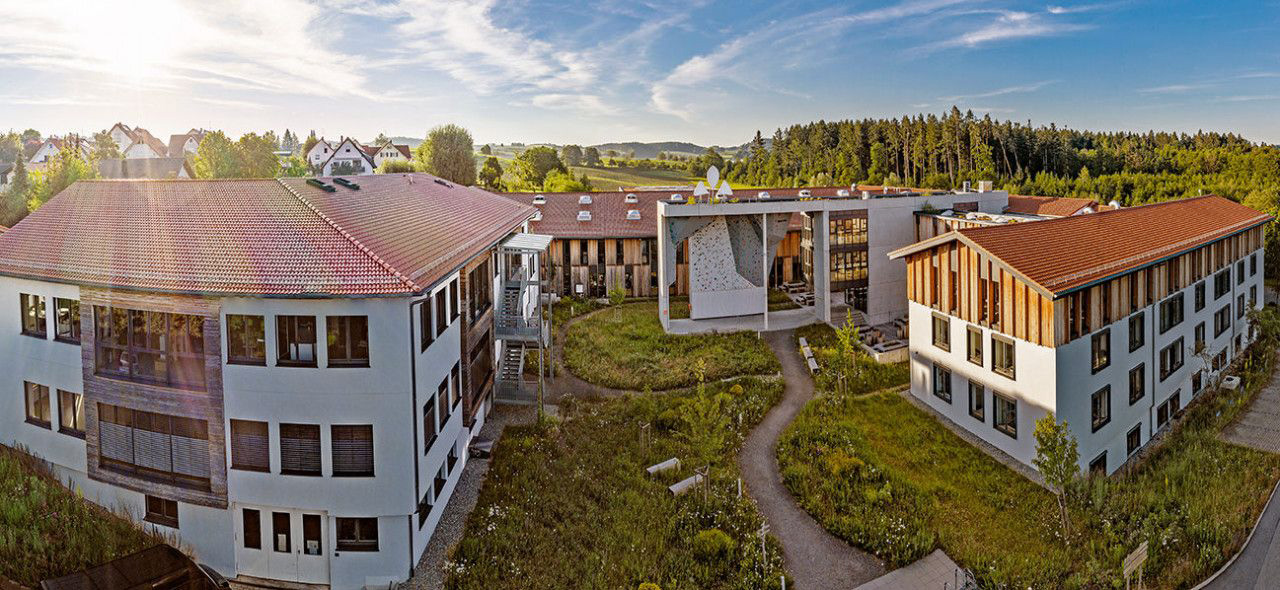 Source: Vaude
Source: Vaude
Vaude Sport GmbH & Co. KG’s headquarters in Tettnang
www.vaude.com
 Source: Vaude
Source: VaudeVaude Sport GmbH & Co. KG’s headquarters in Tettnang
